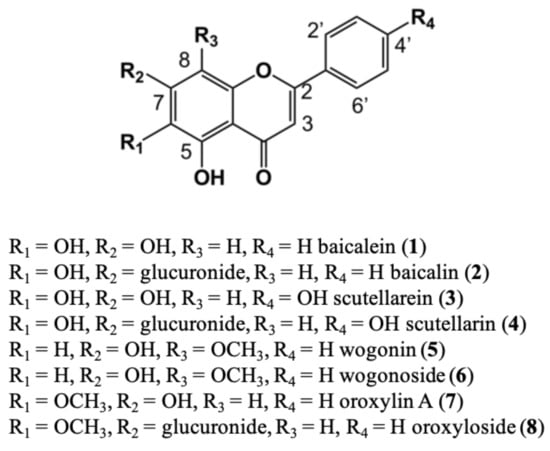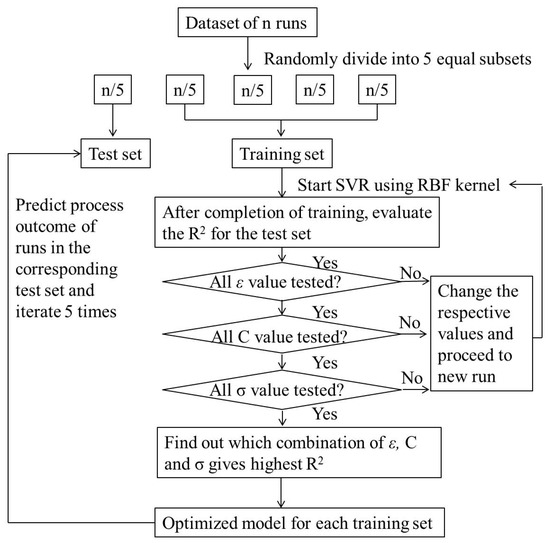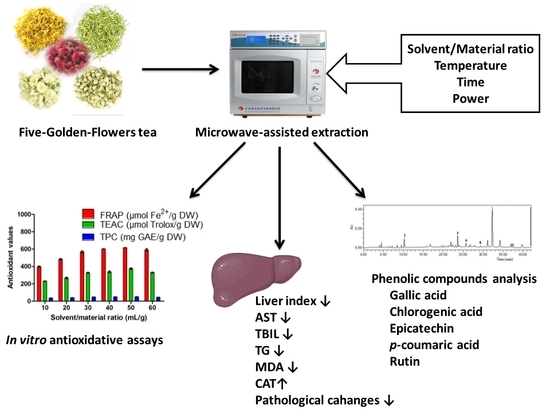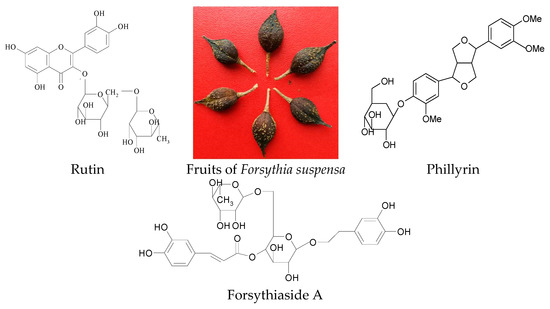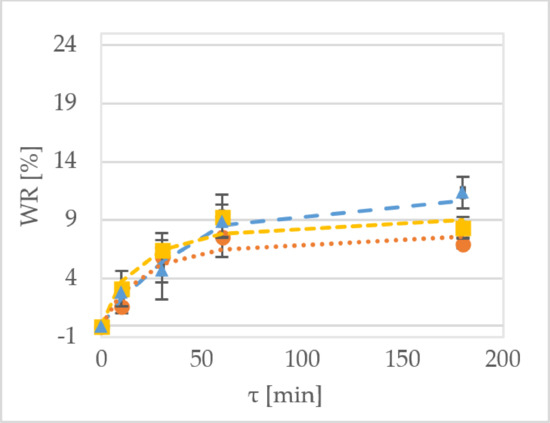Preanalytical Methods for Natural Products Production
A topical collection in Molecules (ISSN 1420-3049). This collection belongs to the section "Natural Products Chemistry".
Viewed by 26510Editors
Interests: extraction of natural products; supercritical extraction of natural products; isolation and identification of bioactive compounds; metabolomics; biosynthesis; green chemistry in the production of natural products; application of nuclear magnetic resonance spectroscopy
Special Issues, Collections and Topics in MDPI journals
Interests: green extraction; alternative solvents; innovative technologies; original procedures; microwave; ultrasound; intensification
* It is with great sadness that we announce the passing of Professor Farid Chemat.
Special Issues, Collections and Topics in MDPI journals
Interests: enabling technologies ind food extraction and processing; microwaves; ultrasound; hydrodinamic cavitation; SC-CO2; green solvents; bioactive natural products
Special Issues, Collections and Topics in MDPI journals
Interests: natural product chemistry; quality control of herbal medicines; food and cosmetic phytoingredients; chromatography (LCMS, GCMS, SPC, HPLC-DAD, HPTLC)
Topical Collection Information
Large areas of life sciences are associated with natural products research, in a wide range of organisms, in general, as well as at cellular or tissue levels. This includes, not only low molecular weight molecules, metabolites, but also, in a broad sense, any chemical with a natural origin, thus, including peptides, proteins, oligosaccharides, and polysaccharides, among others. Due to their diversity, research on natural products is multidisciplinary, involving pharmacological investigations, structure elucidation that involves the use of a wide range of chromatographic and spectroscopic methods, quality control of medicinal plants, and the recently-developed OMICS approaches (e.g., metabolomics, transcriptomics). If natural products are considered to be a basic pillar in life sciences studies, the investigation into how to deal with them in an optimal way becomes of utmost importance. In this context, their manipulation as materials or products, including all the preanalytical steps concerning sample preparation, extraction, derivatization as well as the improvement of conventional processing using alternative extraction solvents or techniques should be thoroughly evaluated.
In this Molecules Topical Collection, entitled "Preanalytical Methods for Natural Products Production", we invite manuscript submissions that focus on the sample preparation, extraction, derivatization and development of green processing of natural products. Submissions are expected to focus on a metabolite level, but papers involving some of natural oligomers and polymers will also be considered. Both original research articles or reviews related to these topics are welcome.
Dr. Young Hae Choi
Prof. Dr. Farid Chemat
Prof. Dr. Giancarlo Cravotto
Prof. Dr. Erica G. Wilson
Collection Editors
Manuscript Submission Information
Manuscripts should be submitted online at www.mdpi.com by registering and logging in to this website. Once you are registered, click here to go to the submission form. Manuscripts can be submitted until the deadline. All submissions that pass pre-check are peer-reviewed. Accepted papers will be published continuously in the journal (as soon as accepted) and will be listed together on the collection website. Research articles, review articles as well as short communications are invited. For planned papers, a title and short abstract (about 100 words) can be sent to the Editorial Office for announcement on this website.
Submitted manuscripts should not have been published previously, nor be under consideration for publication elsewhere (except conference proceedings papers). All manuscripts are thoroughly refereed through a single-blind peer-review process. A guide for authors and other relevant information for submission of manuscripts is available on the Instructions for Authors page. Molecules is an international peer-reviewed open access semimonthly journal published by MDPI.
Please visit the Instructions for Authors page before submitting a manuscript. The Article Processing Charge (APC) for publication in this open access journal is 2700 CHF (Swiss Francs). Submitted papers should be well formatted and use good English. Authors may use MDPI's English editing service prior to publication or during author revisions.
Keywords
- natural products extraction
- natural products sample preparation
- natural products purification
- optimization of pre-analytical methods
- green extraction
- intensification
- alternative solvents
- process intensification









